California
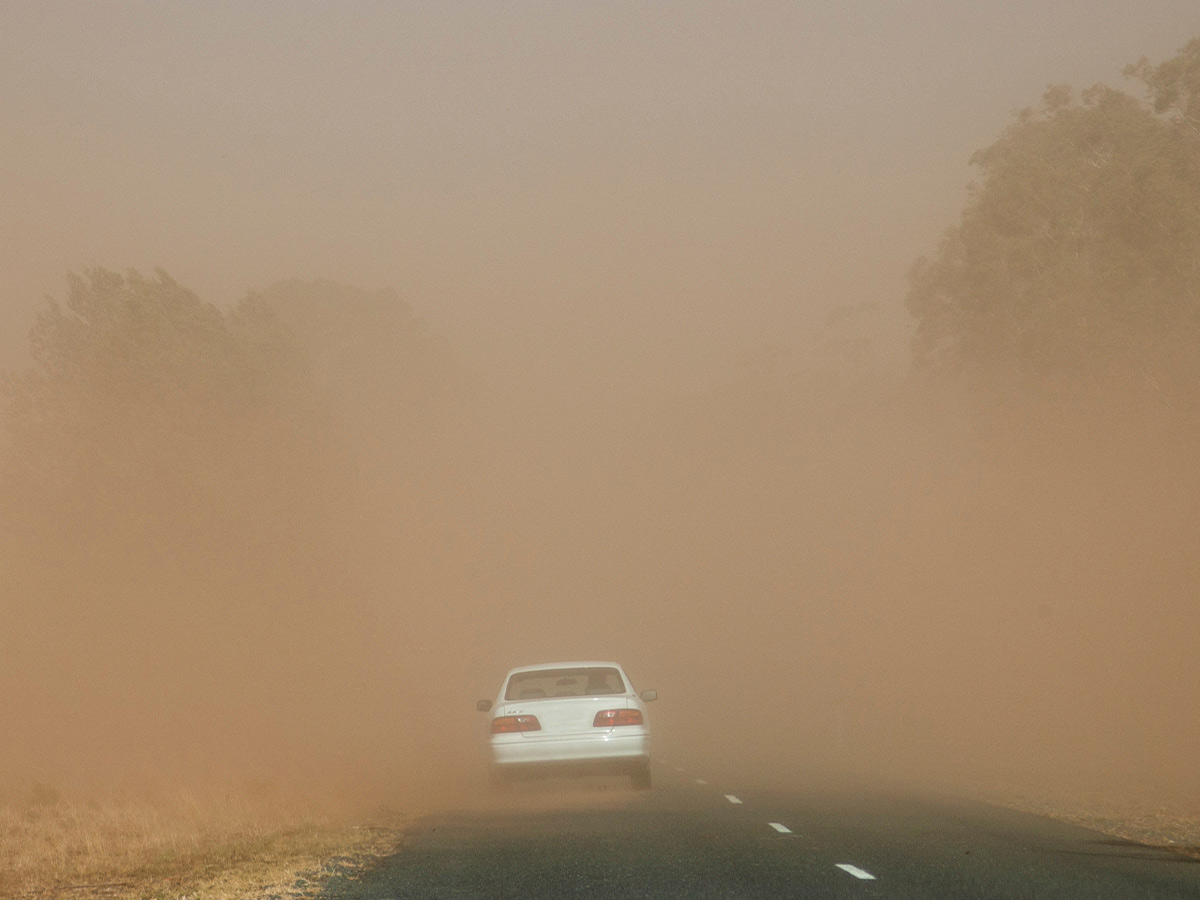
In November 1991, in Coalinga, California, a dust storm triggered a catastrophic pileup on Interstate 5, involving 104 vehicles. The reduced visibility led to a chain reaction of collisions, resulting in 17 fatalities and 114 injuries. This incident highlights the dangers of sudden weather changes on high-speed highways.
The scale of the accident posed significant challenges for emergency responders, who had to navigate through the wreckage to reach and treat victims. The aftermath of the pileup led to extended road closures and a complex investigation to determine the exact sequence of events. This tragic incident serves as a stark reminder of the importance of caution during adverse weather conditions on highways.
Texas
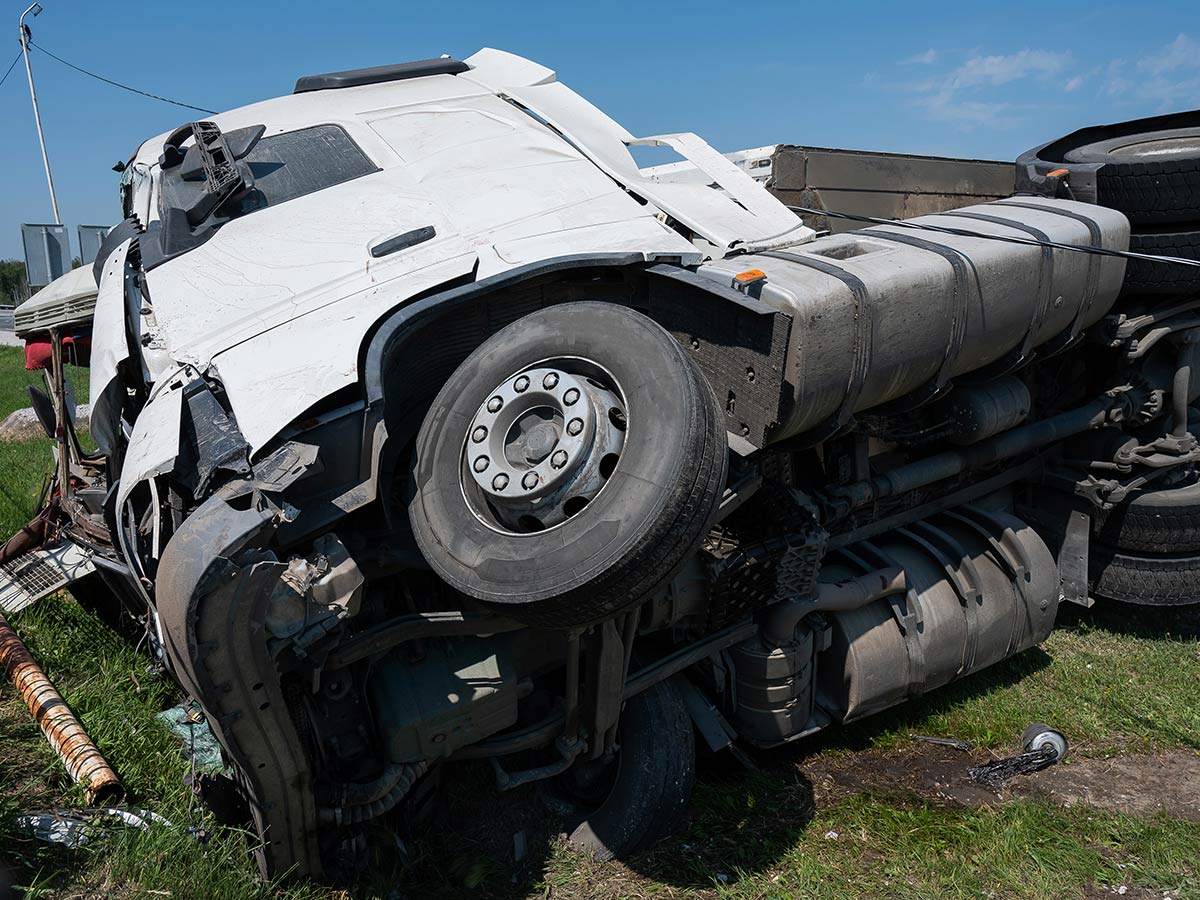
A massive 150-vehicle pileup in November 2012 occurred on Interstate I-10 in Jefferson County, Texas, due to dense fog. The accident, which involved vehicles in both directions, resulted in 2 deaths and 100 injuries. The sudden onset of fog created treacherous driving conditions, leading to a rapid chain of collisions.
Emergency services faced significant challenges in reaching and treating victims due to the extensive wreckage spread across both sides of the highway. The scale of the incident required a coordinated response from multiple agencies and led to prolonged road closures. This pileup underscores the dangers of fog on high-speed roads and the importance of adjusting driving behavior in low-visibility conditions.
Ohio
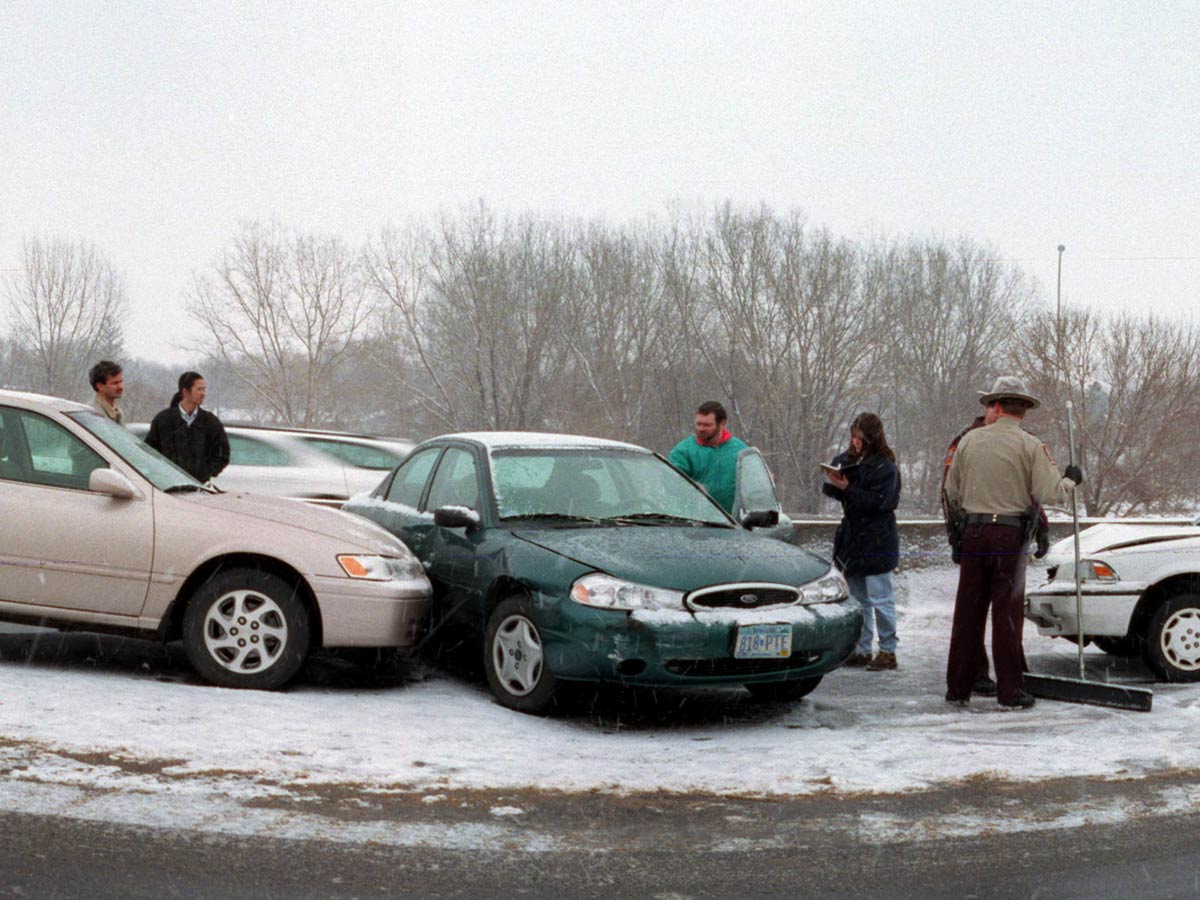
On Interstate 275 in Cincinnati, Ohio, a sudden flash snowburst led to a large pileup involving 103 vehicles. There were 27 injuries and one fatality. The victim was a 12-year-old girl, adding a particularly tragic note to the incident. The rapid onset of snow created slippery conditions and reduced visibility, catching many drivers off guard.
This accident highlights the region's unpredictable winter weather and the potential for sudden snowfall to create hazardous driving conditions. It also emphasizes the need for drivers to be prepared for rapid weather changes and to reduce speed in winter conditions.
Colorado
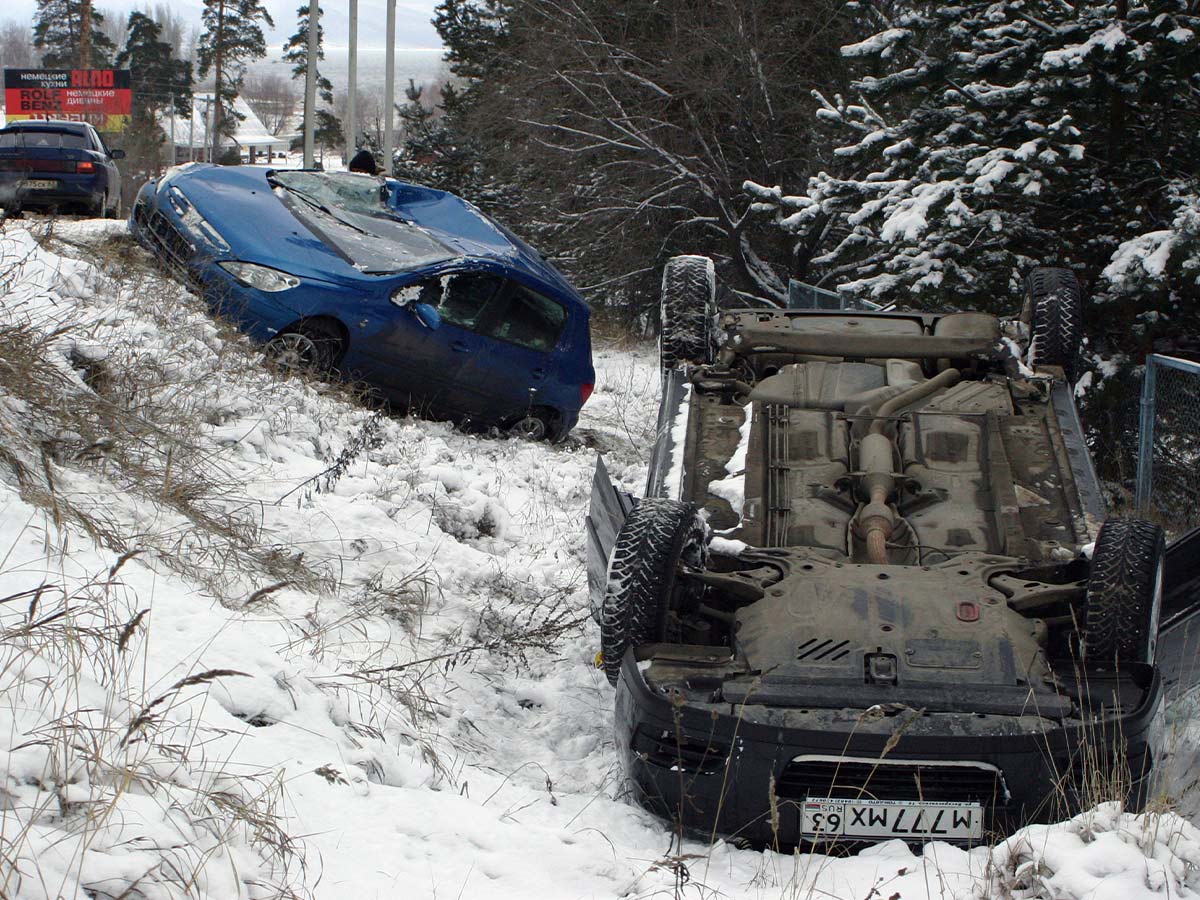
Heavy snowfall in Denver, Colorado, resulted in a massive pileup involving 104 vehicles on Interstate 25. The accident occurred during severe winter weather conditions, which significantly reduced visibility and made road surfaces treacherous. About 30 people were injured in the incident, while one was fatally injured.
The pileup caused extensive traffic disruptions and required a large-scale emergency response. Clearing the wreckage and reopening the highway was a complex operation due to the ongoing snowfall and the number of vehicles involved. This incident serves as a reminder of the dangers of driving during heavy snow and the importance of winter preparedness for both drivers and emergency services.
Michigan
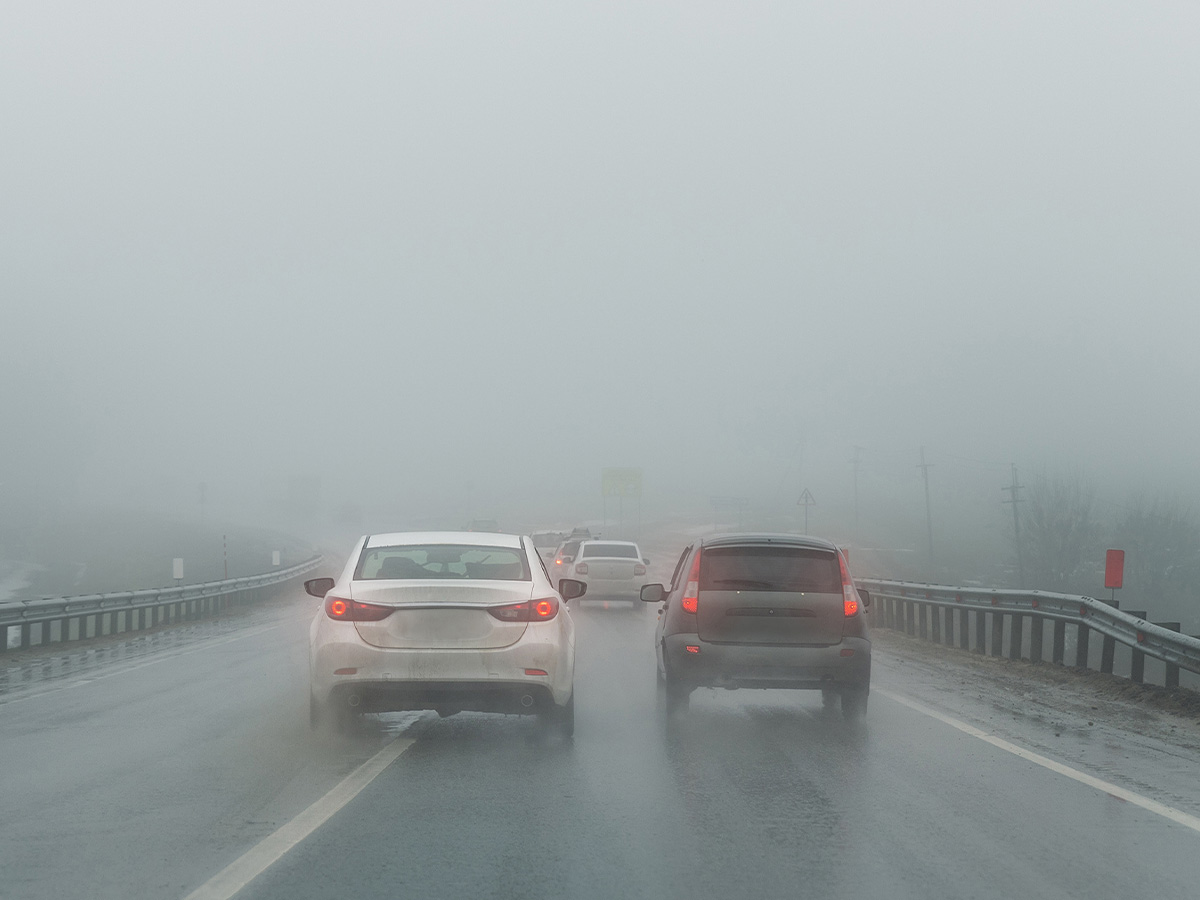
A devastating pileup occurred on Interstate 96 in Ingham County, Michigan, involving around 200 vehicles. Dense fog was the primary cause, creating near-zero visibility conditions that led to a chain reaction of collisions. The accident resulted in two fatalities and left 35 people injured. The sheer scale of the pileup presented significant challenges for emergency responders, who had to navigate through a sea of wrecked vehicles to reach victims.
The incident led to an extended interstate closure, causing major traffic disruptions. This massive collision underscores the extreme danger posed by fog on high-speed roadways and the critical importance of adjusting driving behavior in low-visibility conditions.
Louisiana

A major pileup occurred on Interstate 55 in St. John the Baptist Parish, Louisiana, caused by a dangerous combination of heavy fog and smoke from nearby marsh fires, creating a phenomenon known as "super fog." The accident occurred on an elevated stretch of highway passing over swampland between Ponchatoula and Manchac. The extremely low visibility led to multiple collisions, with one vehicle even falling into the water below and partially sinking.
Around 168 motorists were left stranded on the elevated highway, creating a challenging situation for rescue services. This incident highlights the unique dangers posed by Louisiana's geography and climate, where fog and smoke can combine to create hazardous driving conditions. There were 63 people injured in the incident, and eight were fatally wounded.
Illinois
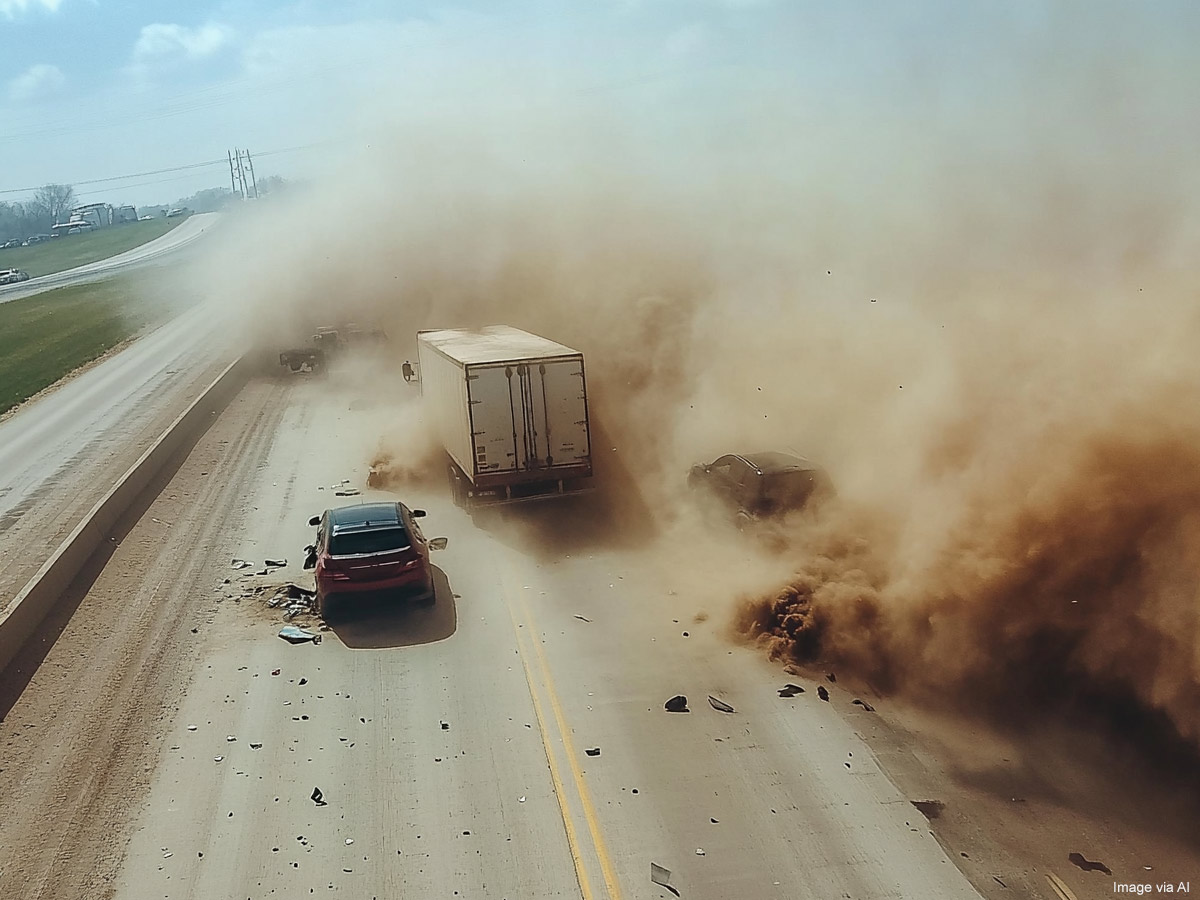
Dust storms are known to create sudden and severe visibility issues, often leading to multi-vehicle collisions. A significant pileup occurred on Interstate 55 in Montgomery County, Illinois, triggered by a dust storm. There were 72 vehicles involved in total, with 36 injuries. Eight passengers met their demise that fateful day.
The reduced visibility likely caused a chain reaction of crashes as drivers struggled to see the road and vehicles ahead. This incident highlights the danger of dust storms in agricultural areas, where loose soil can be easily picked up by strong winds.
Pennsylvania

A massive pileup involving up to 105 vehicles occurred on the eastbound lanes of the Pennsylvania Turnpike between Willow Grove and Bensalem. The incident actually consisted of two major collisions: one involving about 75 vehicles and another further east involving approximately 30 vehicles. In total, 30 injuries were reported.
These collisions were caused by icy conditions resulting from a winter storm. This series of crashes underscores the dangers of winter driving on high-speed highways, particularly when temperatures hover around freezing, creating treacherous black ice.
Missouri
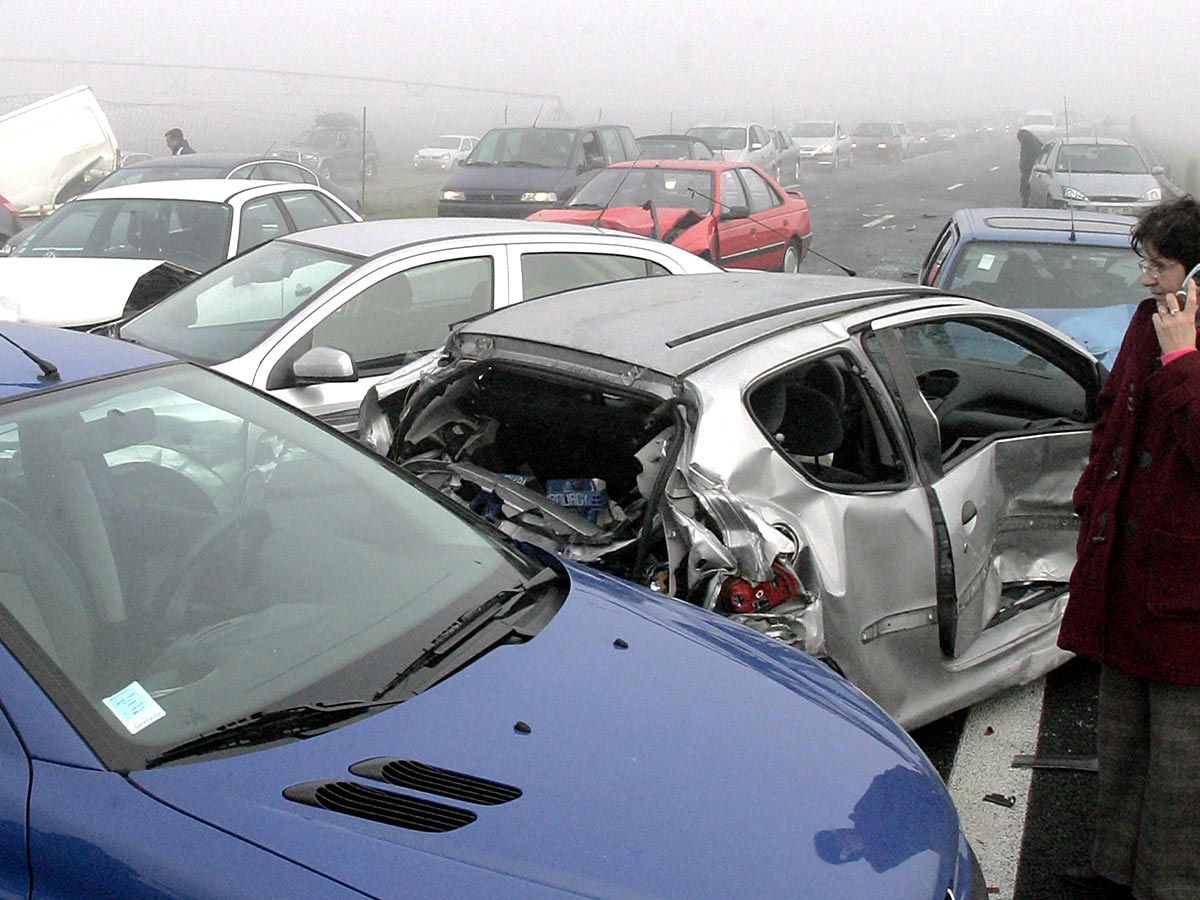
Fog-related pileups are often severe due to the sudden and dramatic reduction in visibility. Drivers can quickly find themselves unable to see vehicles ahead, leading to chain-reaction collisions. One of the biggest pileups in the state caused by dense fog occurred on Interstate 57 near Charleston in southeastern Missouri.
The accident involved 47 vehicles and caused six fatalities. The Incident emphasizes the importance of reducing speed and increasing following distance when driving in foggy conditions, as well as the need for proper use of headlights and fog lights.
New Jersey

A major pileup occurred on the New Jersey Turnpike near Secaucus, along the bank of the Hackensack River. The incident was caused by heavy fog, which created a rapid reduction in visibility near the toll plaza. The pileup involved 65 vehicles, including semi-trucks, cars, and even a coach bus.
Adding to the danger, smoke from a nearby fire contributed to the already low visibility. The scale and complexity of the crash scene required a coordinated response from local police and New Jersey State Police for search and rescue efforts. Over 40 people were injured, and there were 9 people fatally wounded.
Utah
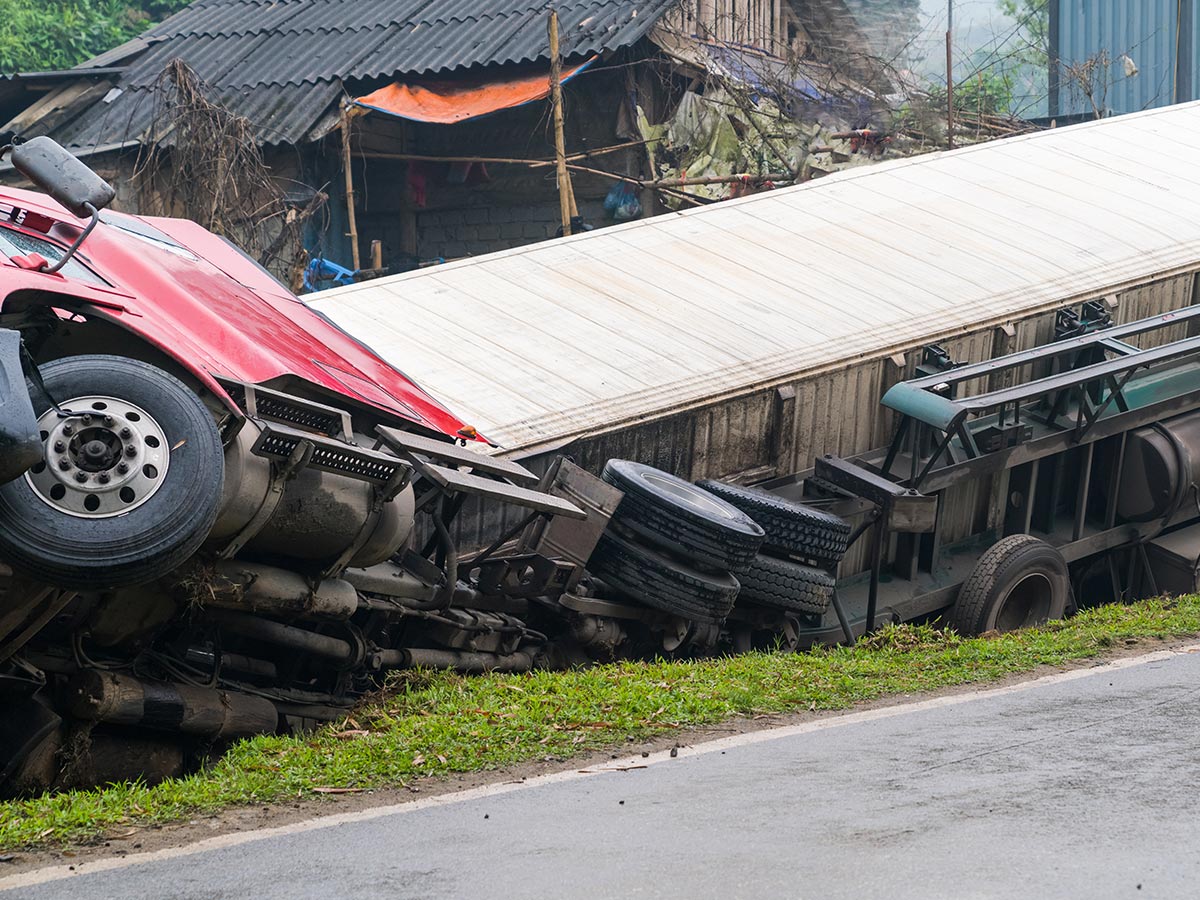
A severe sandstorm in Millard County, Utah, led to a devastating pileup on Interstate 15 involving 22 vehicles. The sudden loss of visibility resulted in a tragic outcome, with eight fatalities, including four children under the age of 15.
This incident highlights the unique dangers posed by sandstorms in desert regions, where visibility can drop to near zero in a matter of seconds. The high number of fatalities, particularly among children, makes this accident especially heart-wrenching. It underscores the importance of weather awareness when traveling through areas prone to sandstorms and the need for drivers to be prepared to stop or exit the highway safely when such conditions arise.
Alabama
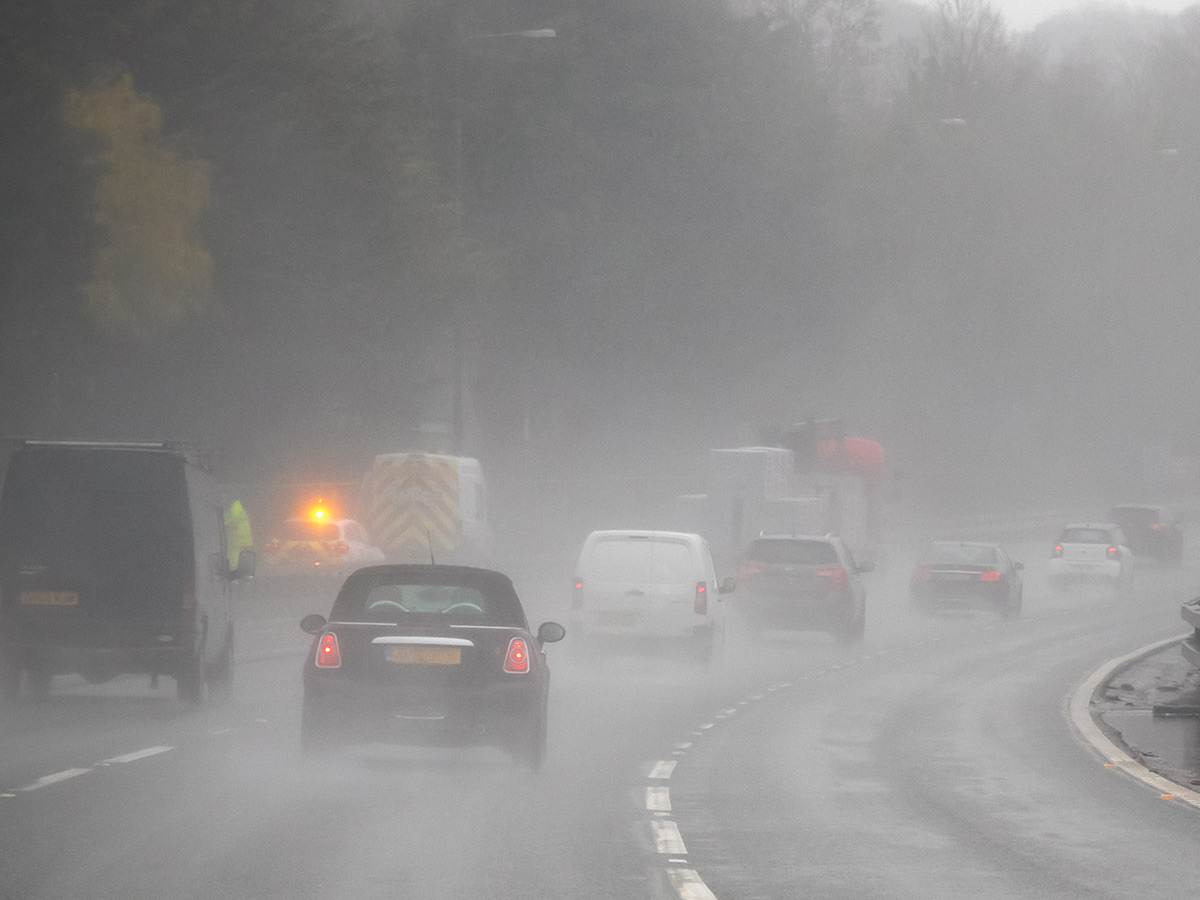
A massive pileup involving 200 vehicles occurred on Interstate 10 in Mobile, Alabama, due to dense fog. The incident resulted in one fatality and 90 injuries, highlighting the severe consequences of sudden visibility loss on a busy highway.
The sheer number of vehicles involved presented significant challenges for emergency responders, who had to navigate through a complex crash scene to reach and treat victims.
Virginia

A significant pileup occurred on Interstate 77 in Carroll County, Virginia, near the base of Fancy Gap Mountain. Approximately 95 vehicles were involved in the collision on the southbound lane, resulting in three fatalities. The Virginia State Police attributed the cause to excessive fog, which is a common occurrence in this mountainous area.
The topography of the region likely contributed to the rapid formation of dense fog, creating dangerous driving conditions. This incident highlights the unique challenges of driving in mountainous terrain, where weather conditions can change rapidly. It underscores the importance of being prepared for sudden visibility changes and the need for extra caution when navigating mountain roads.
Wyoming

A massive pileup occurred near Wamsutter, Wyoming, on Interstate 80, involving over 100 vehicles. The incident was caused by a combination of near-zero visibility conditions and high winds, which led to semi-trailers toppling over. Adding to the danger was the presence of black ice on both the westbound and eastbound portions of the highway between Rawlins and Wamsutter.
The severity of the conditions left people stranded on the highway for over nine hours before emergency teams could clear the roadway. This incident highlights the extreme weather challenges faced in Wyoming, particularly the dangerous combination of high winds, low visibility, and icy conditions.
Wisconsin

A catastrophic pileup occurred on Interstate 41 near Neenah, Wisconsin, involving 131 vehicles. The crash was caused by a combination of white-out conditions and winds exceeding 50 mph. One fatality and 71 injuries resulted from the accident, highlighting the severe consequences of extreme winter weather on high-speed highways.
The combination of heavy snow and strong winds created a particularly dangerous situation, drastically reducing visibility and making vehicle control difficult. This massive pileup presented significant challenges for emergency responders, who had to navigate through a complex crash scene in harsh weather conditions.
Iowa

A significant pileup occurred on Interstate 35 near Ames, Iowa, involving at least 15 semi-trucks, 35 cars, and many others. The incident was caused by icy road conditions, resulting in one fatality and five critical injuries. This pileup again highlights the particular danger of ice on highways, which can form quickly and be difficult for drivers to detect.
The involvement of numerous semi-trucks added to the severity of the crash, as these large vehicles can cause significant damage in collisions. The incident likely caused major disruptions to traffic flow on this crucial north-south interstate. There were at least five injuries and one fatality.
North Carolina

A massive pileup involving at least 130 cars occurred on the combined stretch of Interstate 85 and Interstate 40 in Alamance County, North Carolina. The crash is believed to have been caused by slippery road conditions resulting from thunderstorms in the area at the time. There were at least 20 injuries in total.
While specific casualty numbers weren't provided, an incident of this scale likely resulted in numerous injuries. The combination of two major interstates at the crash site suggests this pileup would have caused significant traffic disruptions across a wide area. The incident underscores the need for drivers to adjust their speed and following distance during and immediately after rainstorms.
Maine
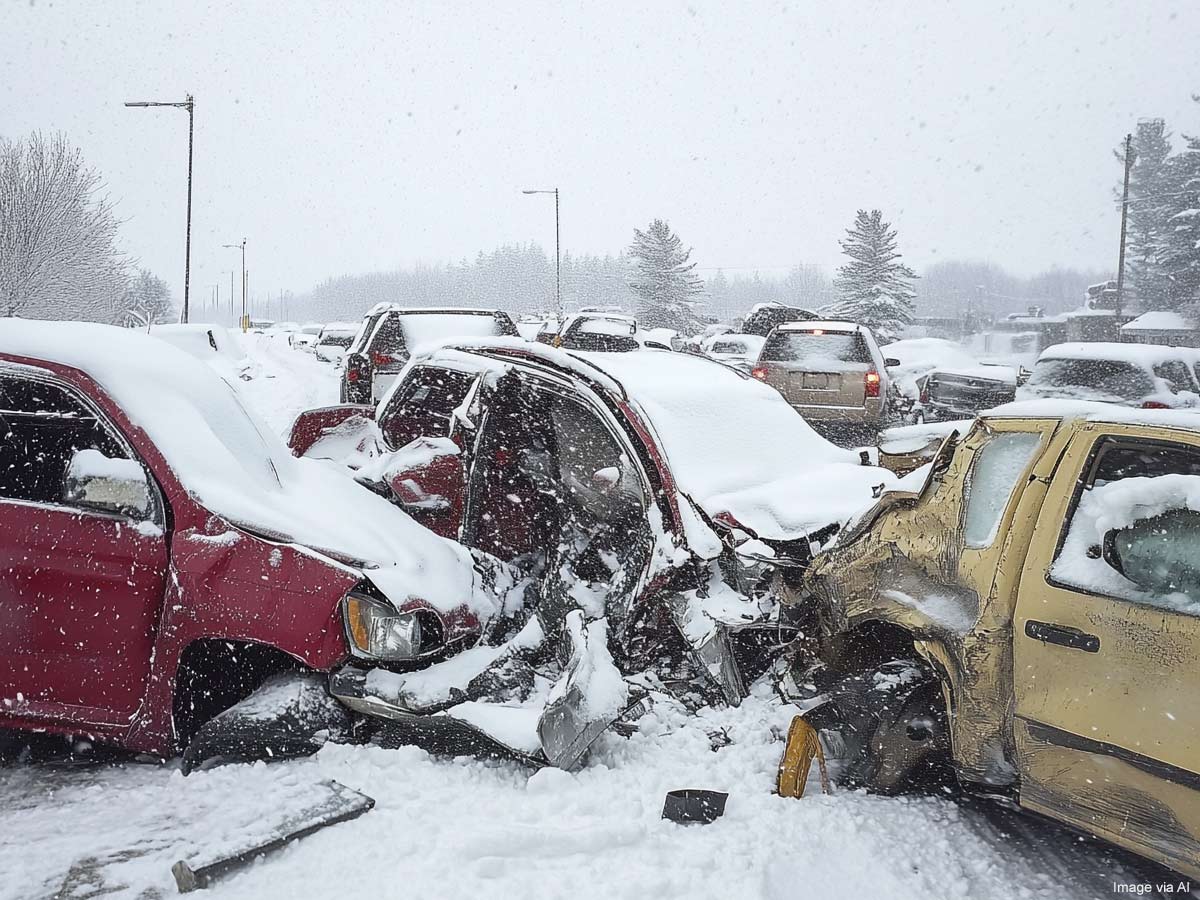
A significant pileup occurred on Interstate 95 in Penobscot County, Maine, involving 75 vehicles. This incident is noted as possibly being Maine's largest single-traffic collision. It involved 17 injuries, but fortunately, no fatalities.
The cause of the pileup wasn't specified, but Maine's harsh winter weather conditions often contribute to such incidents. This massive collision likely presented significant challenges for emergency responders and caused major traffic disruptions on this crucial north-south highway. The scale of this pileup highlights the potential for chain-reaction crashes on high-speed roads, particularly in areas prone to severe winter weather.
Indiana
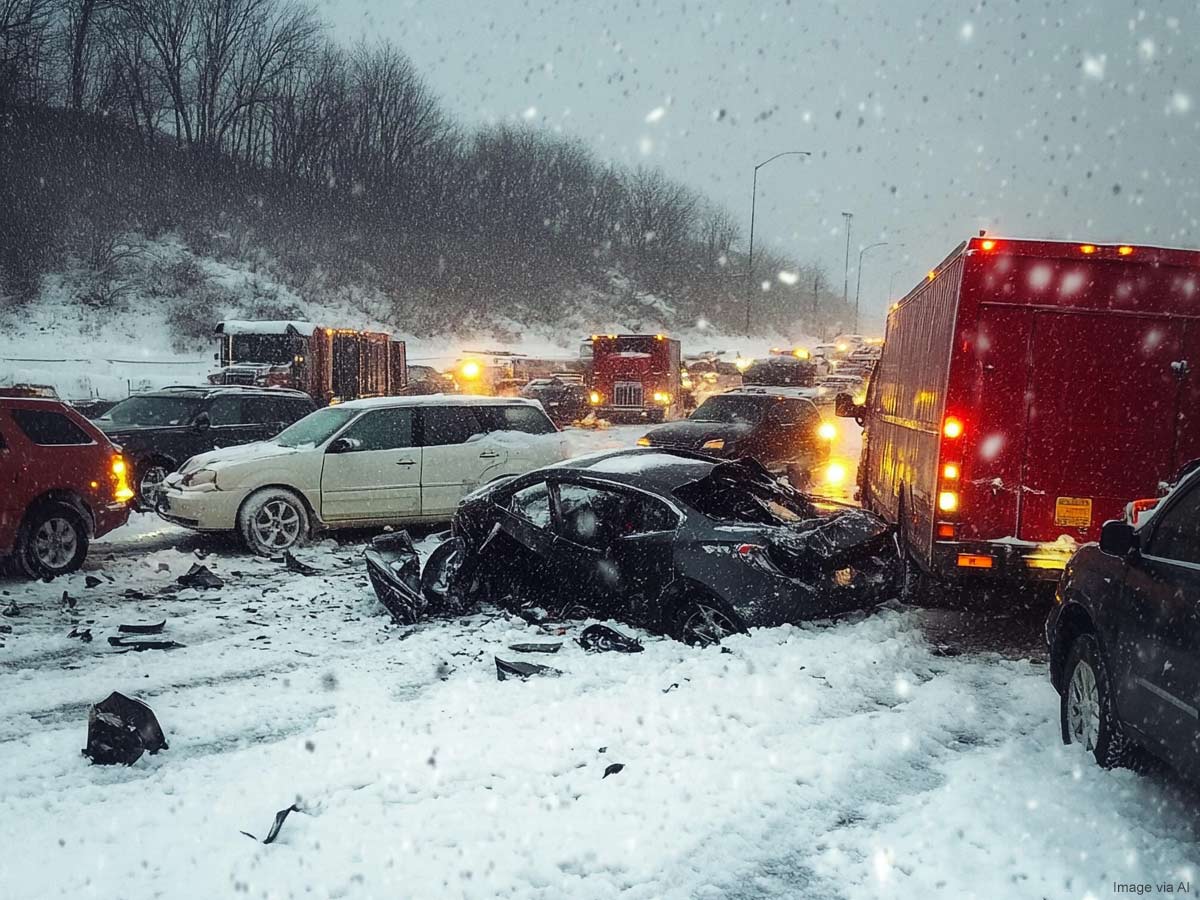
A significant pileup occurred on Interstate 94 in LaPorte County, Indiana, involving more than 40 vehicles. The incident was caused by lake-effect snow, a weather phenomenon common in areas near the Great Lakes. Lake-effect snow can create sudden, localized areas of heavy snowfall and drastically reduced visibility, catching drivers off guard.
Over 20 people were injured in the crash, including three fatalities. This incident highlights the unique weather challenges faced in regions near large bodies of water, where conditions can change rapidly. It underscores the importance of weather awareness and preparedness when traveling through areas prone to lake-effect snow.
Florida
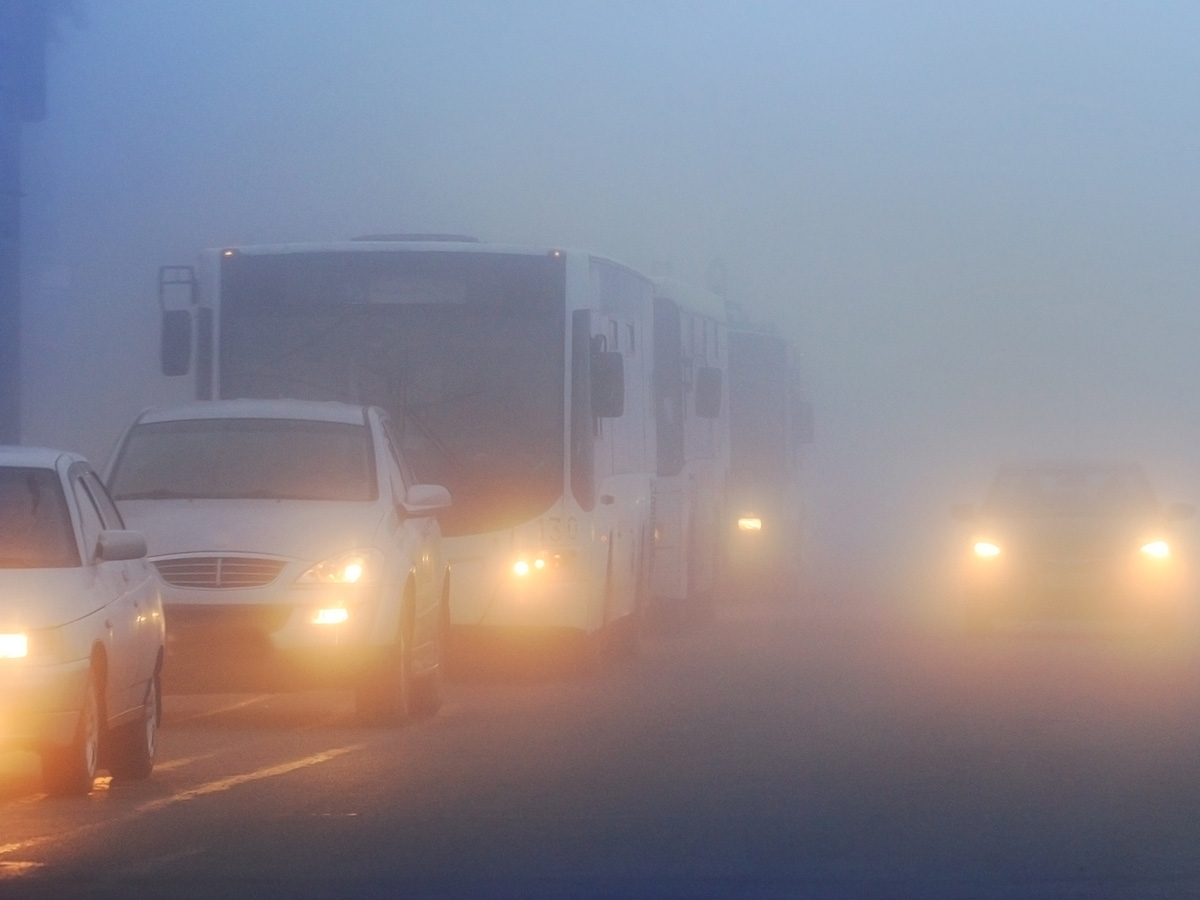
A catastrophic pileup occurred on Interstate 4 in north central Florida, involving 70 vehicles. The incident resulted in four fatalities and up to 38 injuries.
The cause was a dangerous combination of fog and smoke from a controlled fire, creating a condition known as "super fog.” This phenomenon made it almost impossible for motorists to see, leading to a chain reaction of collisions.
 Author
James Stephens
Last Updated: November 11, 2025
Author
James Stephens
Last Updated: November 11, 2025